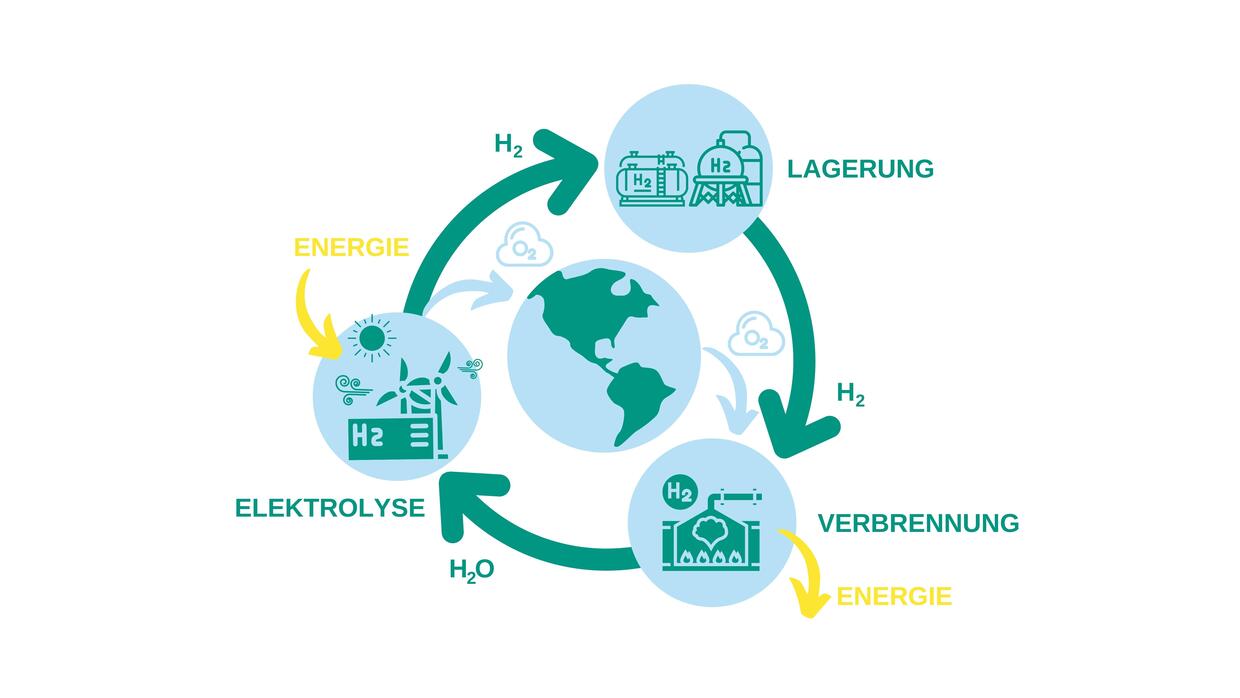Premixed hydrogen combustion at high recirculation rates (BOY-178)

With the progressing decarbonization of the energy market, hydrogen will play an important role in end applications in the near future and will be available on a large scale. With the hydrogen strategy of the "European Green Deal", the European Commission has set itself the goal of hydrogen taking in an integral part of the integrated energy system. In addition to synthetic hydrocarbons produced from "green hydrogen", the combustion of carbon-free chemical energy source is an attractive option for avoiding CO2 emissions. Here, the hydrogen itself can be used as the primary energy source, but conventional burner systems are often not suitable for operation with pure hydrogen. Accordingly, there is a need for new developments that are designed for operation with pure hydrogen. The combustion properties of hydrogen differ tremendously from those of conventional hydrocarbons. Above all, the high burning velocities of hydrogen flames should be mentioned here. In addition, high diffusion rates in the flame area lead to very short reaction zones and to thermo-diffusive flame instabilities.
The objective of the intended research is the pre-mixed combustion of hydrogen-air flames. With increased flame stability that is generated through intelligent flow control (recirculation). In addition, the reaction zone should be stretched in order to achieve more uniform heat transfer through the admixed exhaust gases in technical applications, especially in industrial applications. As part of the investigations, a model burner is developed and parametrically examined with regard to premixing, recirculation rate and combustion staging. Mixing and combustion concepts are then derived from these fundamental investigations, which allow safe premixed hydrogen combustion and equivalent operation as with burner technologies for conventional hydrocarbons. In addition to stabilizing and stretching of the combustion, the focus is also on minimizing nitrogen oxide emissions.
The project (BOY-178) is funded by the Friedrich and Elisabeth Boysen Foundation for Research and Innovation

